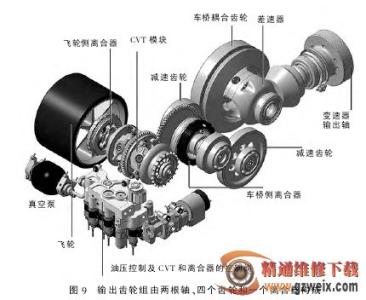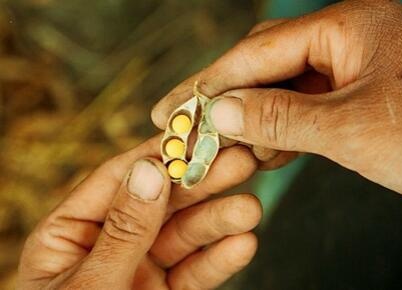KERS
kinetic energy recovery system
Module: Motor Sport Studies

Tutor: Martin Sinclair
Number :0807810
BY:Zhizheng Z-好文章-hang
DTAE:30 April, 2011
Table of Contents
1.Introduction..................................................2
2.KERS, How does it work ?...........................3
2.1 How to work?............................................3
2.2 Use in F1...................................................5
3.Conclusions..................................................8
3.1 The future of KERS............................................9
3.2How to keep the lithium battery safety?..........11
4.Bibliography.................................................13
- 1 -
1.Introduction
A kinetic energy recovery system (often known simply as KERS) is an automotive system for recovering a moving vehicle's kinetic energy under braking. The recovered energy is stored in a reservoir (for example a flywheel or a battery) for later use under acceleration.[1]
It is a new technology in F1.So I will find how it works on my report and I will make a conclusion on KERS.
- 2 -
KERS, How does it work ?
There are principally two types of system - battery (electrical) and flywheel (mechanical). Electrical systems use a motor-generator incorporated in the car's transmission which converts mechanical energy into electrical energy and vice versa. Once the energy has been harnessed, it is stored in a battery and released when required.[2]
Mechanical systems capture braking energy and use it to turn a small flywheel which can spin at up to 80,000 rpm. When extra power is required, the flywheel is connected to the car's rear
wheels. In contrast to an electrical KERS, the mechanical energy does not change state and is therefore more efficient.[2] There is one other option available - hydraulic KERS, where
braking energy is used to accumulate hydraulic pressure which is then sent to the wheels when required.[2]
- 3 -
KERS work on F1
[3] In the boost phase, the electric alternator/motor gives the stored energy back to the engine in a continuous stream when the driver presses a boost button on the steering wheel. This energy equates to around 80 horsepower and may be used for up to 6.6 seconds per lap. The location of the main KERS components at the base of the fuel tank reduces fuel capacity (typically 90-100kg in 2008) by around 15kg, enough to influence race strategy, particularly at circuits where it was previously possible to run just one stop. The system also requires additional radiators to cool the
batteries. Mechanical KERS, as opposed——http://www.niubb.com/—— to the electrical KERS - 4 -
illustrated here, work on the same principle, but use a flywheel to store and re-use the waste energy.[3]
Use in F1
KERS first was used in race by McLaren Group on Bahrain in 2009 (Figure1)
McLaren KERS battery-more type are developed by McLaren an d Mercedes-Benz,which lasted more than two years.The McLaren only shows the three components of
the system:integrated brushless generator-motor(Figure 1/3),battery(Figure 1/4)and the KERS control unit(referred to the KCU Figure 1/2)
Figure1
From(figure 1/3 )We can find brushless generator is used by the McLaren KERS motor has a very compact structure.It was installed - 5 -
in the Benz FO108W engine crankshaft front end (see Figure1/3,the motor of the Wi lliams flywheel system integrated into the differentia).Battery is not McLaren and Mercedes-Benz R&D products experted from United States-A123.Each one is priced up to € 70,000) which was installed on the right side of the
box in MP4-24.KCU was installed on the left side.
Figure 2
We can see arrow in Figure2.it shows the battery of KRES on the left side.
- 6 -
 爱华网
爱华网



